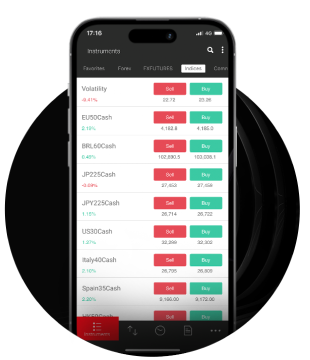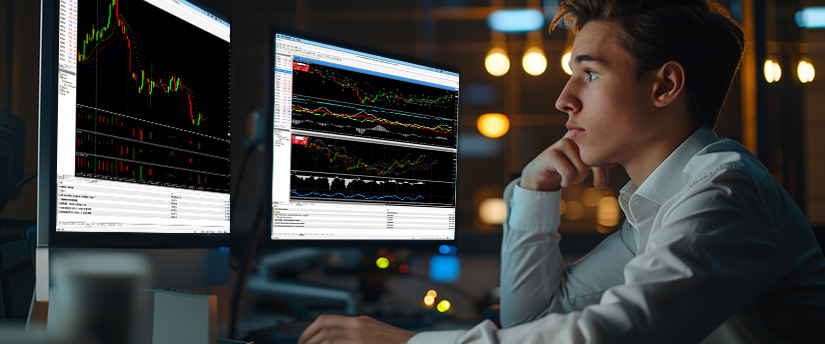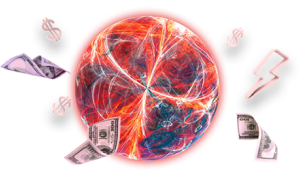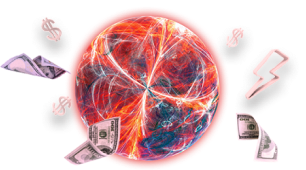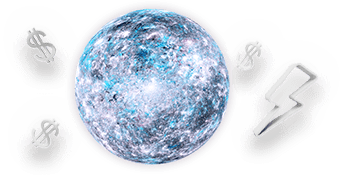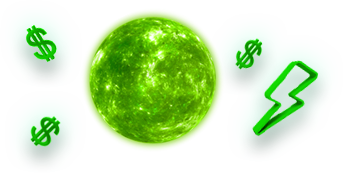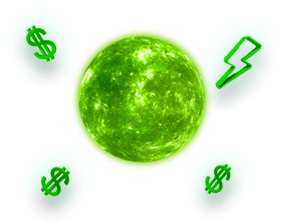Forex trading, in recent times, has garnered a lot of interest. Be it financial professionals who want to try out a new avenue of speculation, or people with no relation to finance who just want to try forex as a side hustle, everyone seems to want a piece of the pie.
And that’s no surprise. Forex is globally available, with the number of online brokerages increasing every day, it’s open around the clock, and involves economies around the world. However, the finance world isn’t exactly welcoming to newbies.
This article will tackle just that rough starting period. Rather than giving you a half-size explanation, we’ll instead provide a guide for self-research. That way, those eager to enter the forex market can do so at their own pace, without missing any information.
Basic Forex Terminology
The first roadblock most prospective traders encounter is the language used in the forex world. You see pips, leverage, MT4, instruments, and you simply don’t know what’s going on.
It’s the same with learning any skill. Simply put, to participate in the forex sphere, you’ll need to understand the terminology, or else you simply won’t be able to break through the beginner level.
Here are some of the base terms that traders can research:
- Forex (meaning and trading context)
- Forex pair
- Trading instrument/asset
- Major, minor, exotic pair
- Pip - (ピップス)
- Lot - (ロット)
- Chart
- スプレッド
- Leverage/margin
- ファンダメンタル分析
- テクニカル分析
This will give you an idea of how the market functions and help you get through beginner-level forex texts. These terms cover the basic functioning of the underlying market and the introductory level of practical trading.
However, even once you stop feeling lost when you open a forex educational article or video, you’ve only scratched the surface.
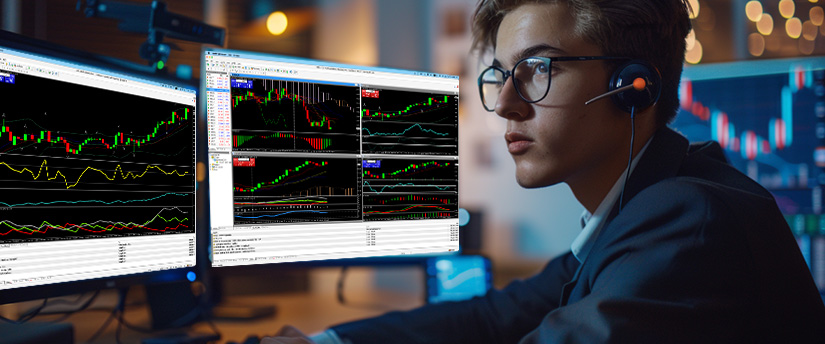
The Functioning of the Forex Market
Beyond understanding the basic terms, forex traders should also understand what makes the market move. The forex market is massive, with a ton of factors going into price calculations. Understanding these factors, at least on a surface level, will help with gaining confidence.
The most important factors that go into determining forex prices are:
- Economic releases from countries or blocs (monetary policy, inflation, labour data)
- Political events (elections, announcements, policy changes)
- Geopolitical tensions (wars, supply line disruptions)
These are all unified under the umbrella of fundamental analysis. Traders should also have a grasp of general speculative market concepts like supply and demand and opportunity cost.
Now, each of these topics is broad enough for several dissertations. The good news is that you don’t need a doctorate-level education to access the forex market. What you do need is to at least grasp these concepts to understand why a trade hasn’t gone your way and how you can fix it.
Finding a Broker
The next step after finding your footing in the forex sphere is finding the right service provider. This can either be extremely easy or very tough, based on your geographical position. Brokerage availability varies across the world, but even in places where it isn’t great, there are usually at least a few good options to choose from.
When traders are researching brokerages, here is what they should look for:
- Security (regulation, experience, user impressions, pro outlet and reviewer opinions)
- Pricing (low spreads/fees)
- Demo account availability
- Asset variety
- Platform selection (MetaTrader 4 is a great starting point since it’s the most widespread)
- サポート
- Supplementary services and education
Your broker can make or break your trading path. Finding one that suits you and offers good conditions can go a long way towards propelling you in the trading world. As such, don’t be afraid to devote a good chunk of time to finding an option that feels good to use and offers competitive conditions.
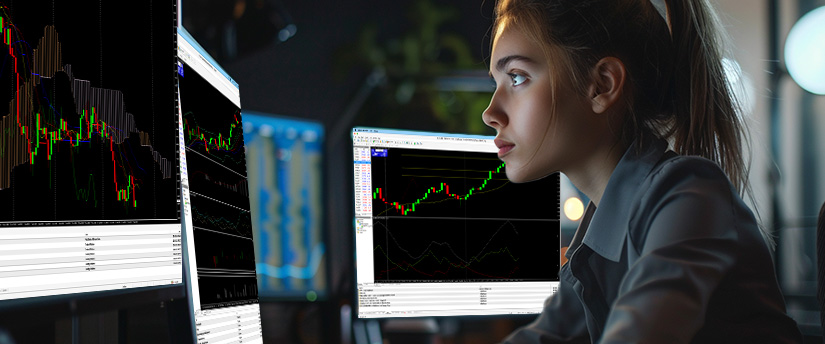
Using a Demo Account
Once forex traders have located their trading hub, they can start getting into the practical world of trading. Here, the primary difficulty is understanding how the theoretical concepts they’ve learned translate into reality.
The other difficulty is learning how to use trading software. It can be quite confusing, and traders who don’t become familiar with it will normally show worse performance. They get frustrated and it’s difficult for them to keep performing at a high level, or their inputs are simply slow, resulting in missed opportunities.
Luckily, the solution to both of these problems is the same: a demo account. A demo account is a forex trading account with virtual funds used for practice. This way, traders can see and feel how the market functions, and test whether the knowledge they’ve gathered translates well into a trading skillset.
Additionally, they can access the full functions of their platform, see how it works, and get used to it. This will allow them to operate faster over time, a very useful skill in real markets.
Here’s an example order for which features to explore:
- How to open an asset list
- How to open and read charts
- How to set timeframes
- How to open and close trades
- How to set and edit take profits and stop losses
- How to use indicators, graphical objects, and drawing tools
Feel free to play around and see what sort of trading feels good. It isn’t necessary to take a structured route yet, since you should figure out your preferences.
Devising a Strategy
Here’s when our forex trading routine starts to shape up. A free-form approach may work for a while, but most traders find more consistent results by following a strategy.
As such, after you’re comfortable with your platform, you should start constructing a more concrete plan on how to trade. There is no cookie-cutter method. For this step, you need to find what works for you in particular. Here are some questions you should ask:
- How much time will you devote to trading?
- Are you technical, fundamental, or somewhere in between?
- How long do you want your trades to last?
- What are the market conditions you prefer regarding volatility?
- Which assets are you going to trade?
- What time of day are you going to trade?
- Which tools are you going to use?
- What are your trade entry conditions?
- What are your trade exit conditions?
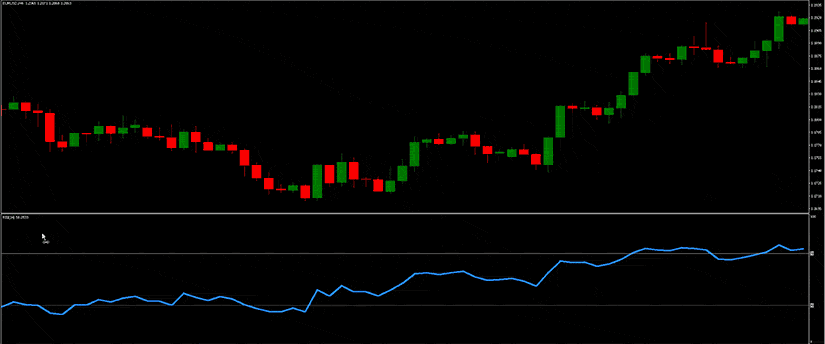
After finding the answers, you may have something like this:
- I will trade for 2 hours each morning during the London–New York overlap.
- I will focus on technical analysis with occasional consideration of fundamental news.
- My trades will last from a few minutes to a few hours.
- I will prioritise moderate-to-high volatility sessions.
- I will trade the highest volume forex major pairs, particularly focusing on EUR/USD.
- My preferred trading time will fall between 8 AM and 11 AM EST, when liquidity and volatility are strongest for my preferred pairs.
- I will use MT4 for charts and execution, ATR and RSI indicators, plus an economic calendar.
- I will enter whenthere is a clear breakout above resistance with RSI divergence at support.
- I will place a stop-loss at a recent resistance point with a 2:1 reward-to-risk target.
This presents a clear path. You can confidently move on to a real account and place your trade, knowing you’ve done your research.
Final Word: Risk Management
The final part of any trader’s journey isn’t learning how to win. Knowing how to mitigate losses is just as important. If you manage risk wisely, you can win less than half your trades and still achieve results. This is the last step of becoming truly confident.
The top tip for risk management is to portion your trades well and always set stop losses and take profits. 1-2% is the recommended amount of capital to risk per trade. Other than that, rely on your strategy and on the work you’ve already done, and you’ll be confidently navigating the markets in no time.
Disclaimer:
This information is not considered investment advice or an investment recommendation, but instead a marketing communication.
